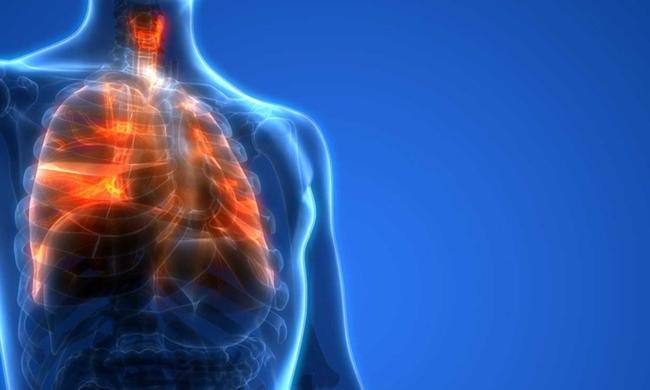Summary
Researchers have found in a new study that Individuals with better lung function, as measured by forced vital capacity (FVC), were less likely to develop diabetes, heart disease, and stroke over
Source: Daily

AI News Q&A (Free Content)
Q1: What is the significance of lung function in relation to cardiometabolic diseases?
A1: Lung function, specifically measured by forced vital capacity (FVC), has been linked to a reduced risk of cardiometabolic diseases such as diabetes, heart disease, and stroke. A study published in BMJ Open Respiratory Research demonstrated that individuals with better lung function were less likely to develop these diseases over a 10-year period.
Q2: How does forced vital capacity (FVC) impact the risk of developing cardiometabolic diseases?
A2: Higher forced vital capacity (FVC) has been associated with a lower risk of cardiometabolic diseases. This correlation suggests that maintaining or improving lung function could potentially serve as a preventive measure against conditions like diabetes, heart disease, and stroke.
Q3: What are the potential mechanisms linking lung function to cardiometabolic diseases?
A3: The exact mechanisms are still under investigation, but it's hypothesized that poor lung function may lead to systemic inflammation or reduced oxygenation, both of which can contribute to the development of cardiometabolic diseases.
Q4: Are there any demographic variations in the study linking lung function to cardiometabolic diseases?
A4: Yes, the study involved a diverse population from 15 countries with varying income levels. This wide-ranging demographic approach helps in understanding the association between lung function and cardiometabolic diseases across different socioeconomic contexts.
Q5: What recommendations can be made based on the study linking lung function to cardiometabolic health?
A5: Improving lung health through lifestyle changes such as quitting smoking, engaging in regular physical activity, and avoiding exposure to pollutants can potentially reduce the risk of cardiometabolic diseases. Regular spirometry assessments may also be beneficial in monitoring lung function.
Q6: What are the future research directions suggested by the study on lung function and cardiometabolic diseases?
A6: Future research could focus on exploring the biological pathways connecting lung function and cardiometabolic health, as well as examining the impact of interventions aimed at improving lung capacity on the prevention of these diseases.
Q7: How does the study on lung function and cardiometabolic diseases contribute to public health strategies?
A7: The study underscores the importance of lung health as a significant factor in preventing cardiometabolic diseases. Public health strategies could incorporate lung function screenings and promote interventions that enhance respiratory health as a means to lower disease risks.





